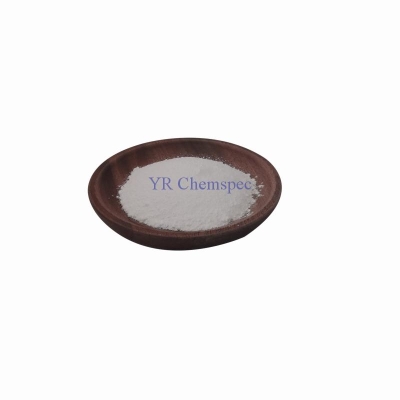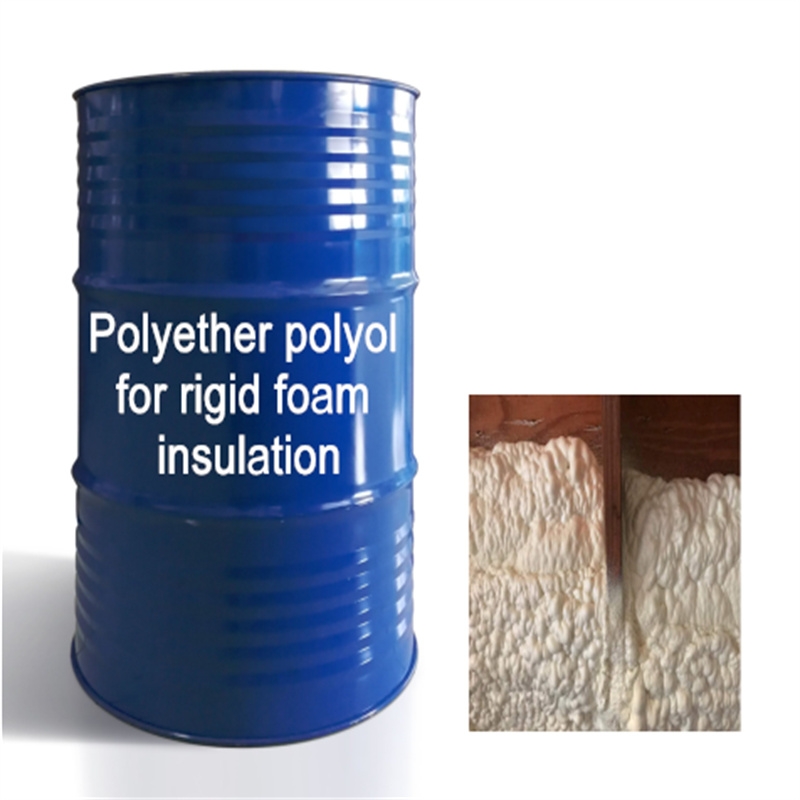-
Categories
-
Pharmaceutical Intermediates
-
Active Pharmaceutical Ingredients
-
Food Additives
- Industrial Coatings
- Agrochemicals
- Dyes and Pigments
- Surfactant
- Flavors and Fragrances
- Chemical Reagents
- Catalyst and Auxiliary
- Natural Products
- Inorganic Chemistry
-
Organic Chemistry
-
Biochemical Engineering
- Analytical Chemistry
- Cosmetic Ingredient
-
Pharmaceutical Intermediates
Promotion
ECHEMI Mall
Wholesale
Weekly Price
Exhibition
News
-
Trade Service
(8) Combined technology
As countries around the world have gradually stricter requirements for the residue limits of CAPs in animal-derived foods, and the need to provide corroborating information for compounds, researchers in various countries continue to optimize all aspects of residue detection and strive to maximize detection sensitivity and accuracy
.
In recent years, the rapid development of chromatographic-mass spectrometry and other combined technologies integrate separation, structure identification and quantitative detection.
Because of their high sensitivity and the ability to provide structural information, they have become a research hotspot in residue analysis
1) Gas chromatography-mass spectrometry (GC-MS)
After the CAPs are derivatized by silanization and ionized in the mass spectrometry ionization source, several more abundant fragment ions will be generated, which is convenient for qualitative identification, and the sensitivity is high, which can reach the ng level
.
When the selected ion mode (SIM) is used for monitoring, the sensitivity can reach below pg level
.
Figure 4-2 Mass spectrogram fragmentation of TMS derivatives of CAPs in NCI mode
(a) CAP: (b) FF: (e) TAP
Xie Mengxia and others used GC-NCIMS to detect CAP residues in animal tissues such as muscle and pig liver
.
Extracted with ethyl acetate and phosphate buffer, purified and enriched by silica gel column and C 18 column, derivatized with BSTFA, and detected by GC-MS
.
Li Peng et al.
reported the GC-MS method of multiple residues of CAP, TAP and FF in animal tissues
.
The sample was extracted with ethyl acetate, degreased with n-hexane, and purified with a Florisil column.
Toluene was used as the reaction medium, BSTFA-TMCS was used for silanization, and mCAP was used as an internal standard for GC-NCIMS determination
Borner et al.
established a gas chromatography-high resolution mass spectrometry (GC-HRMS) method for the determination of CAP in eggs
.
After the sample was extracted with acetonitrile, the sample was degreasing with n-hexane, purified with a silica gel SPE column, and derivatized with Sylon HTP.
GC-HRMS was ionized in NCI, and the ions m/z 466, 468, 470 and 471 were detected in SIM mode, using mCAP and D5-CAP as Internal standard quantification
Table 4-5 summarizes the GC and GC-MS analytical methods for the detection of CAPs residues in some animal-derived foods in the past ten years
Table 4-5 GC method for detection of CAPs residues in some animal-derived foods
Related Links: Determination of Chloramphenicol Drug Residues-Gas Chromatography







